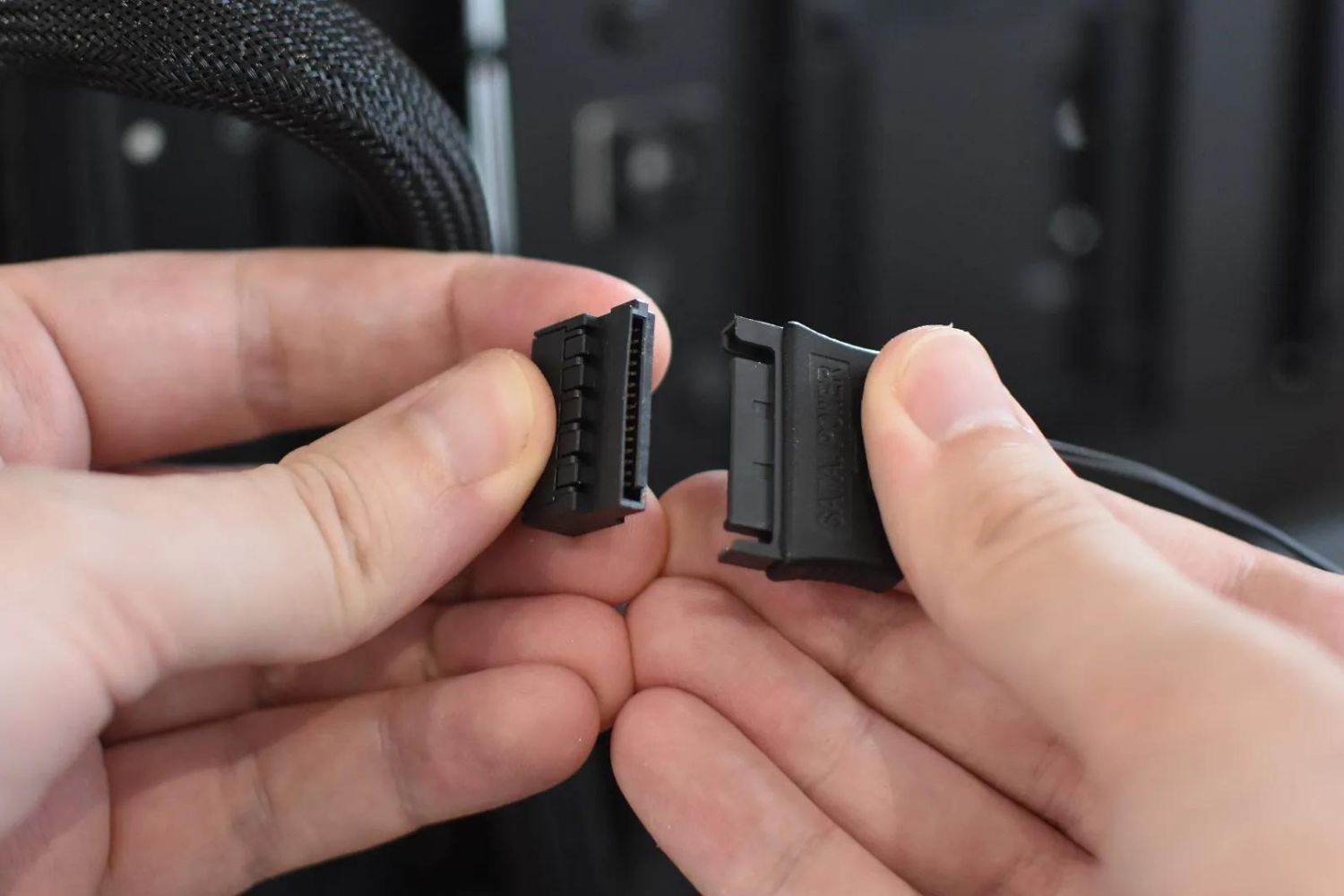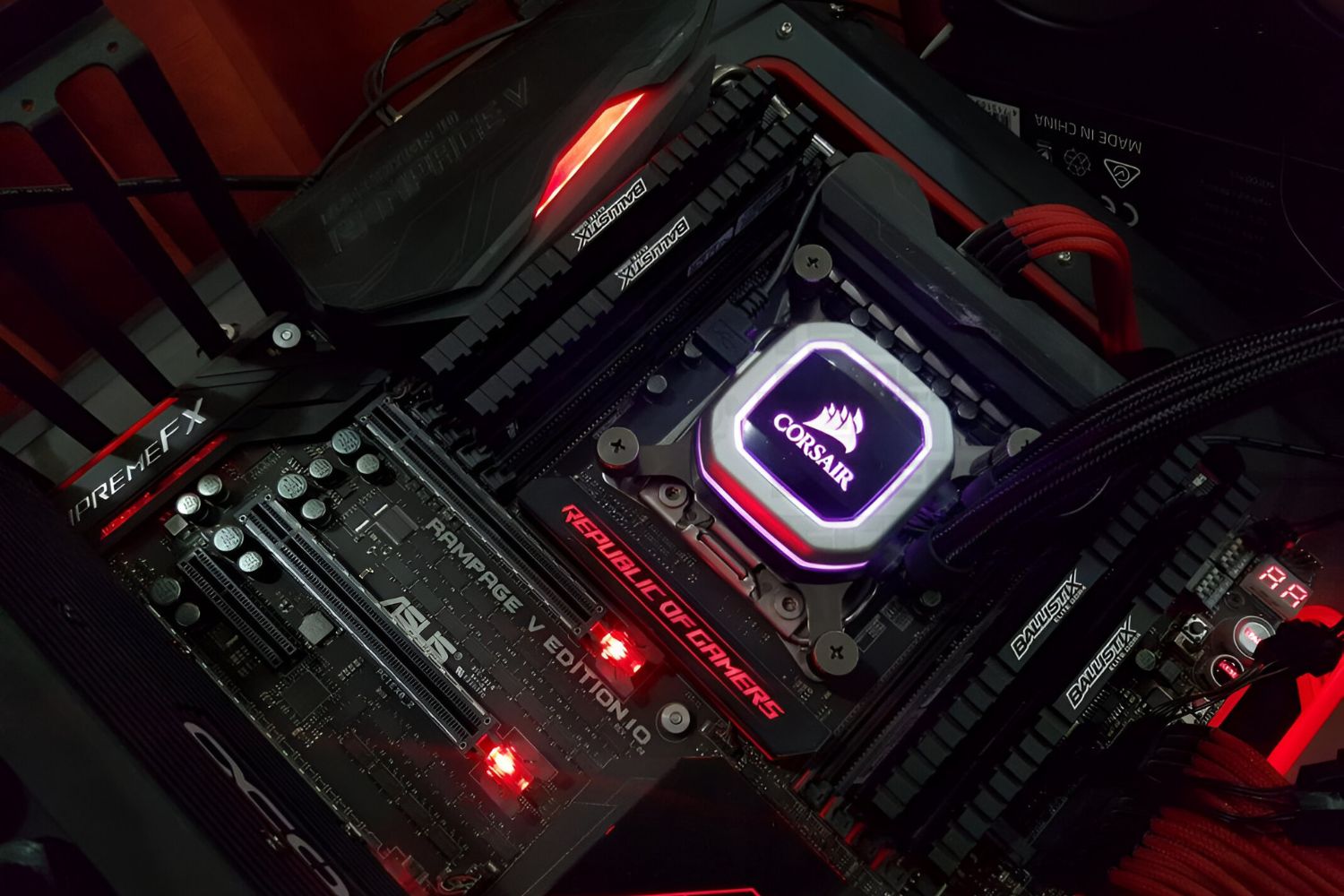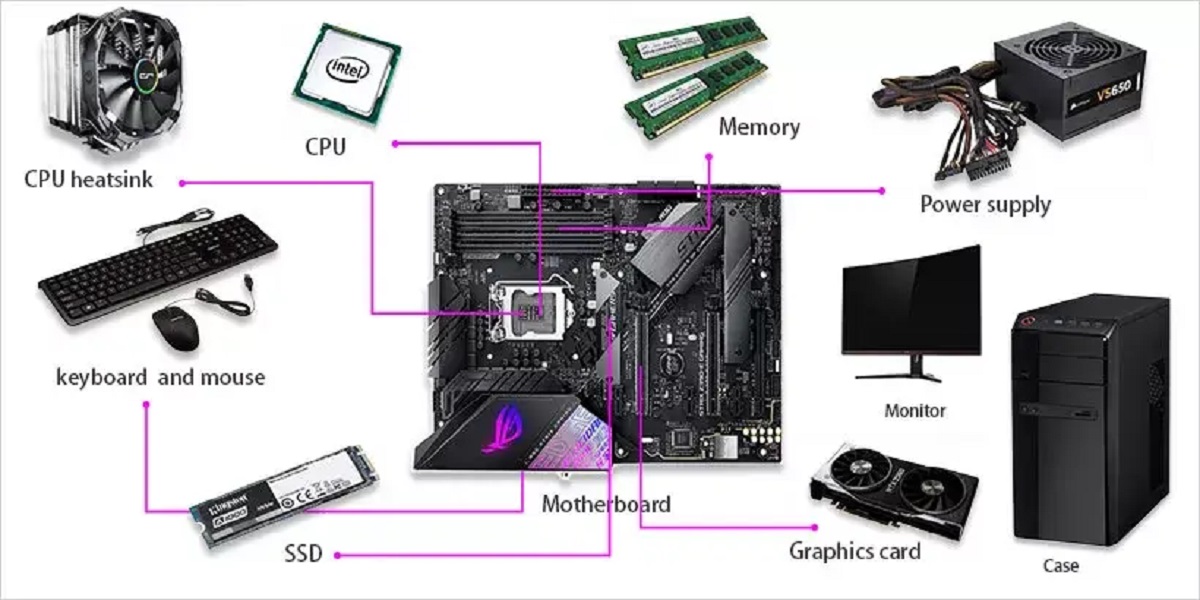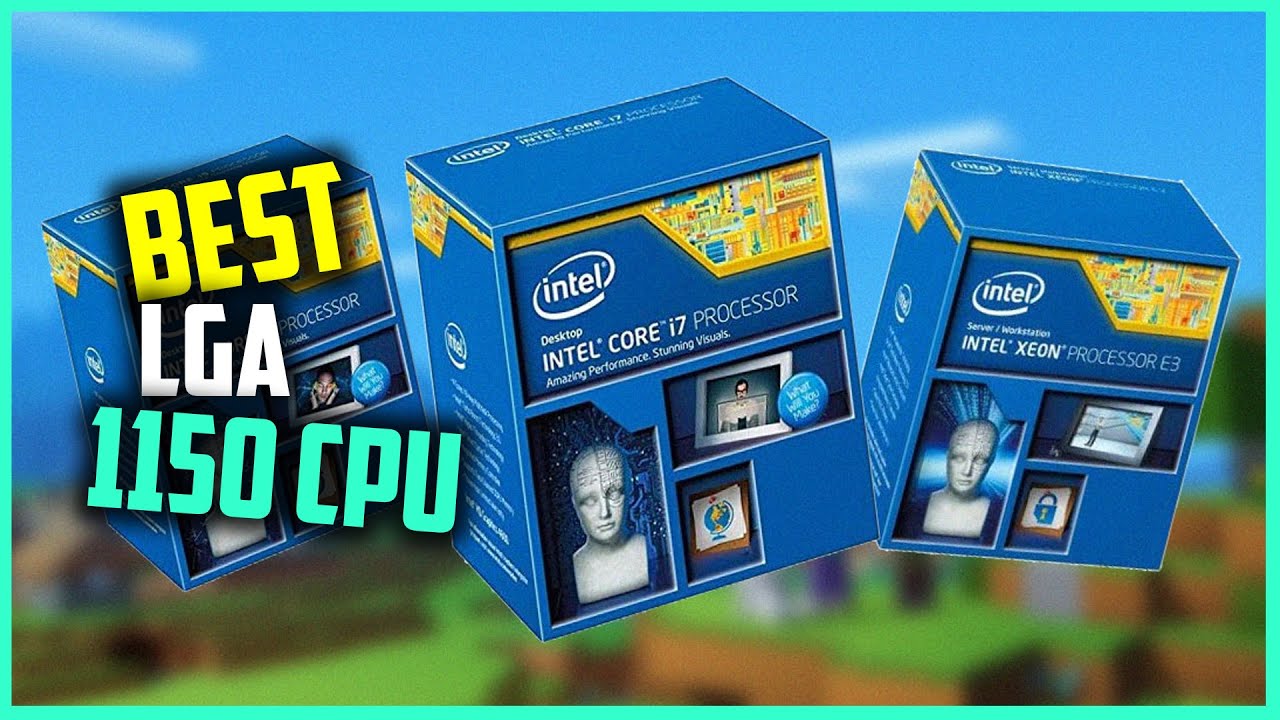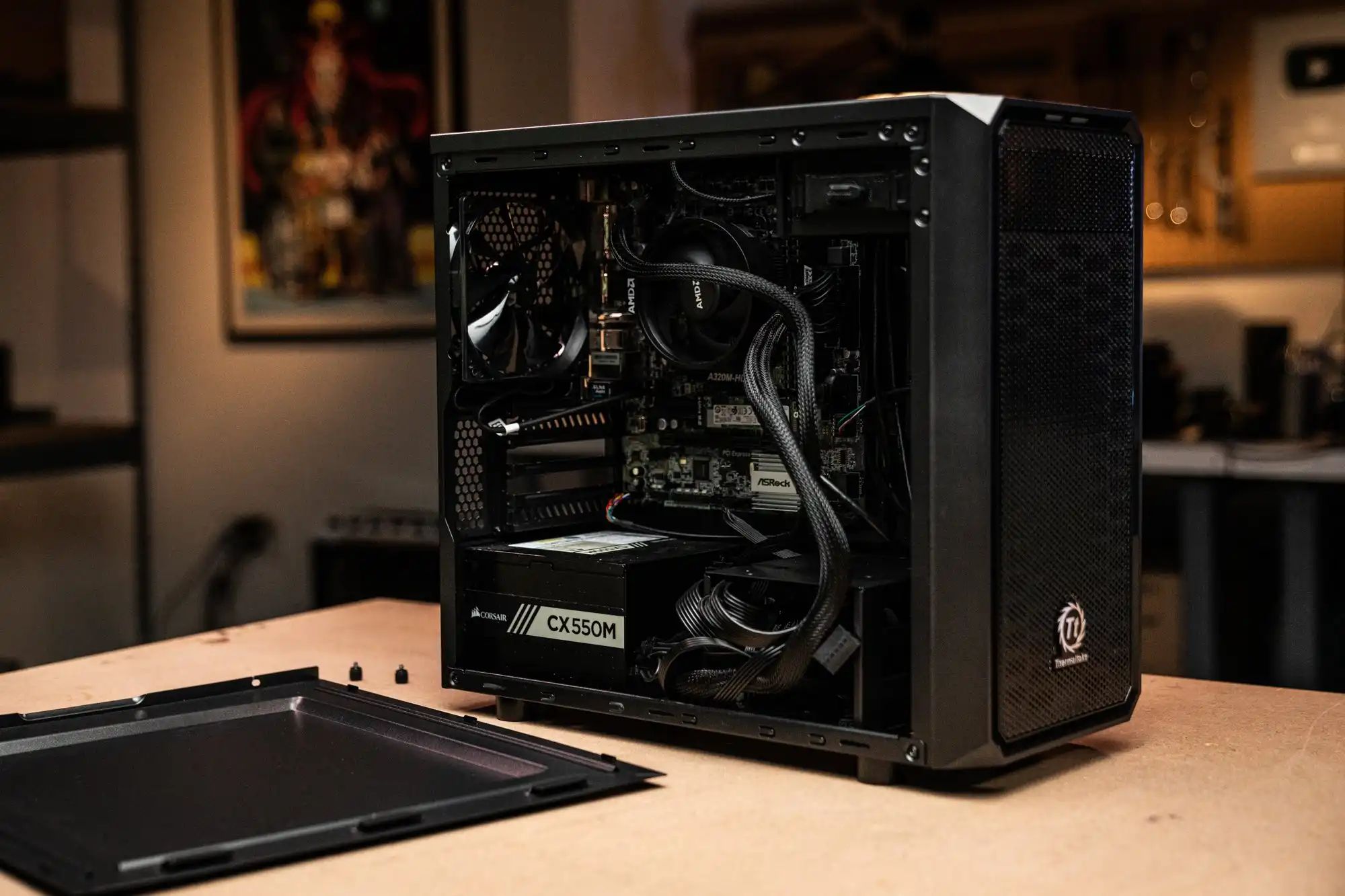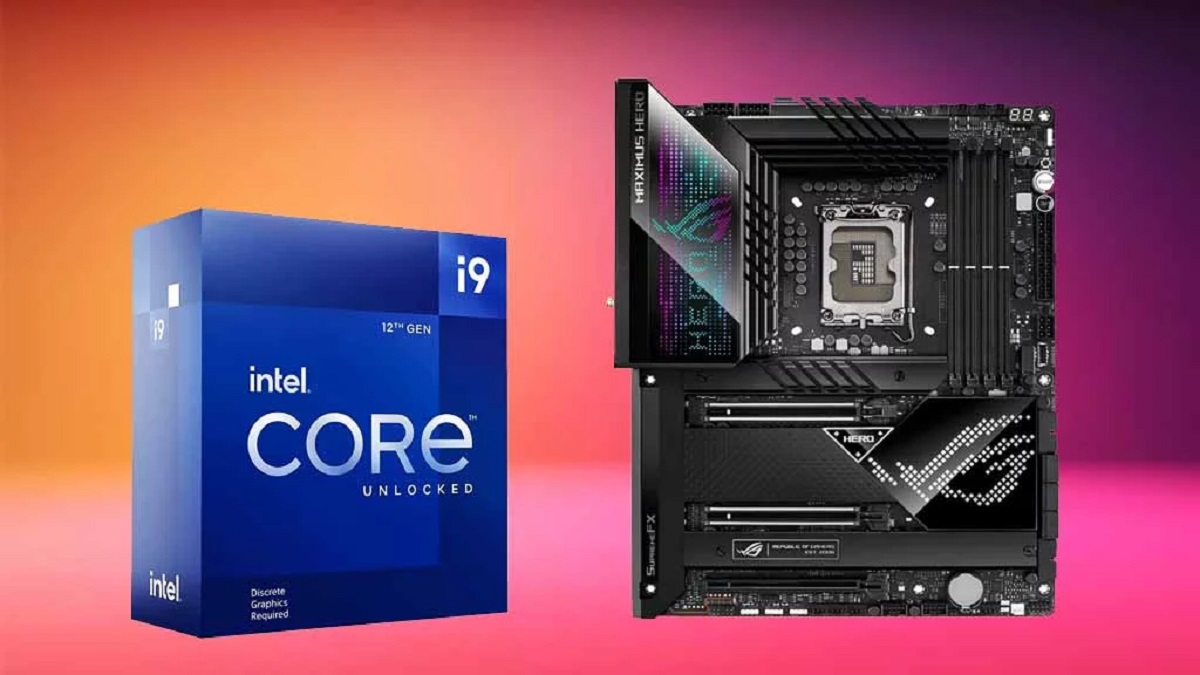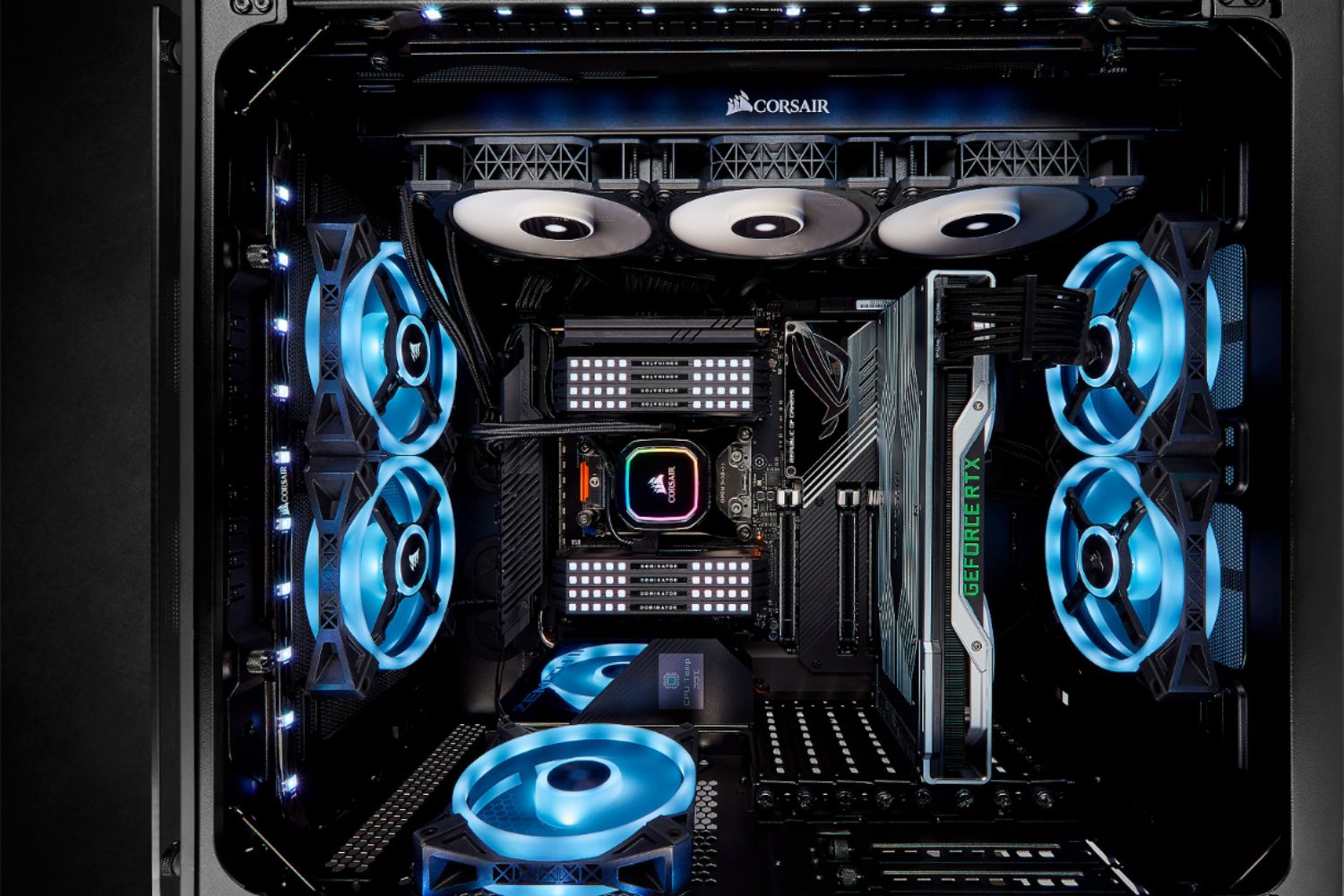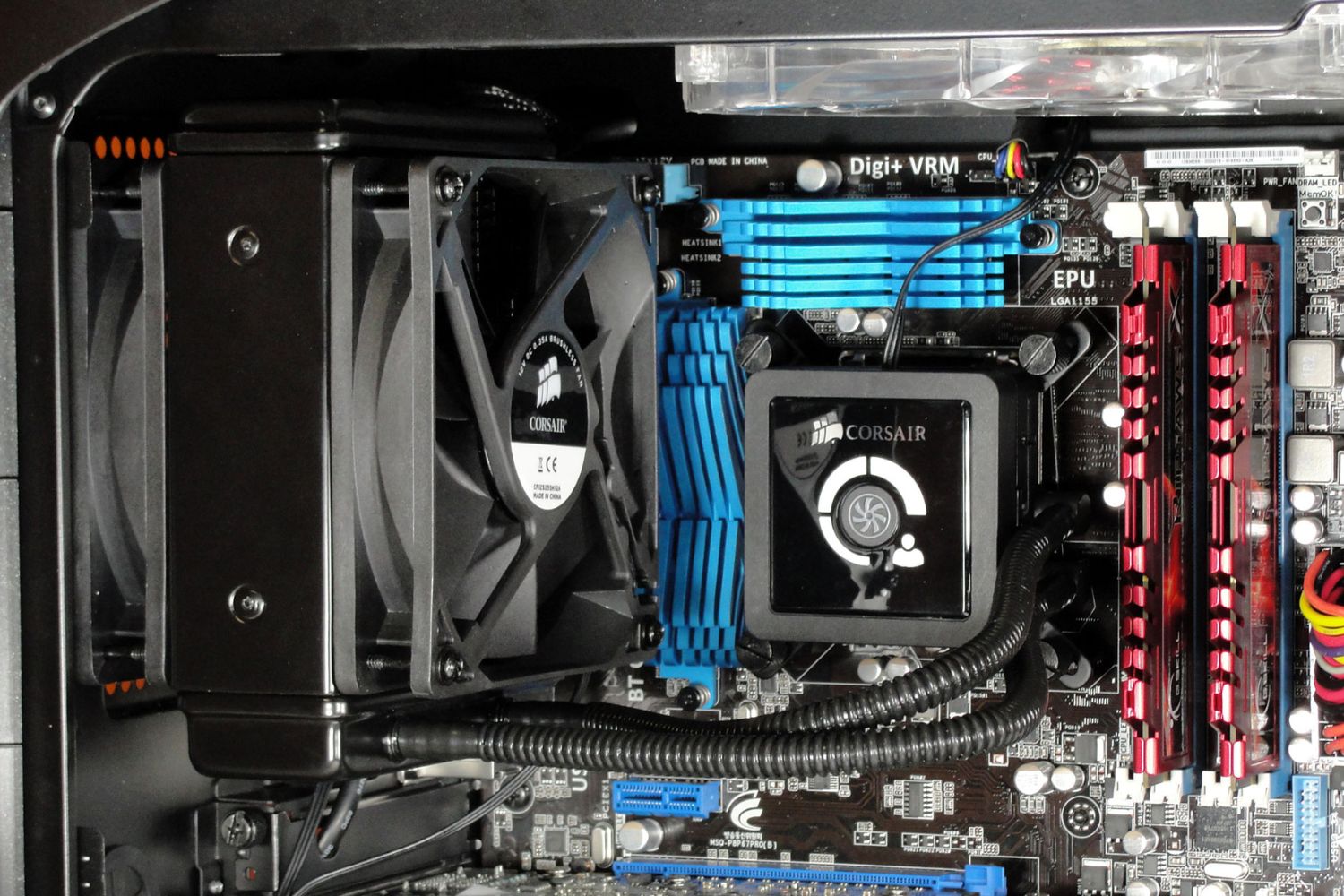Introduction
CPU coolers are an essential component in any computer system, as they help dissipate heat generated by the central processing unit (CPU). Over the years, there have been constant advancements in the design and technology of CPU coolers to improve their efficiency and performance. One such innovation is the use of Serial ATA (SATA) in CPU coolers.
SATA, which stands for Serial Advanced Technology Attachment, is a popular interface used in computer hardware to connect storage devices such as hard disk drives and solid-state drives to the motherboard. It offers higher data transfer rates, better cable management, and compatibility with various storage devices.
In recent years, computer enthusiasts and professionals have started to integrate SATA in CPU coolers to enhance their functionality and convenience. This allows for easier installation, improved cable management, and overall better performance.
In this article, we will delve into the concept of SATA in CPU coolers. We will explore the advantages and disadvantages of using SATA in CPU coolers, and discuss its impact on overall system performance. By the end of this article, you will have a better understanding of the benefits and considerations associated with incorporating SATA in CPU coolers.
What is SATA?
SATA, which stands for Serial Advanced Technology Attachment, is a widely used interface in computer hardware. It was introduced as a replacement for the older parallel ATA (PATA) interface, offering significant improvements in terms of speed, compatibility, and cable management.
SATA allows for the transfer of data between storage devices, such as hard disk drives (HDDs) and solid-state drives (SSDs), and the motherboard. This interface utilizes a serial data transmission method, where data is sent in a single stream of bits, unlike the parallel data transmission used in PATA. This results in faster and more efficient data transfer rates.
One of the key advantages of SATA is its higher data transfer rates. SATA revisions have progressively increased the speeds at which data is transmitted, starting from the original SATA 1.0 specification with a maximum data rate of 1.5 Gbps, and reaching SATA 3.0 with speeds of up to 6 Gbps. This allows for faster file transfers, quicker boot times, and improved overall system responsiveness.
Another benefit of SATA is its compatibility with various storage devices. SATA interfaces are found in a wide range of devices, from traditional HDDs to modern SSDs. This means that users can conveniently connect their storage devices using the same SATA interface, regardless of the specific type or manufacturer of the device.
In addition to improved speed and compatibility, SATA also offers advantages in terms of cable management. SATA cables are thinner and more flexible compared to the bulky ribbon cables used in PATA. This allows for better airflow within the system and easier cable routing, resulting in improved cooling and a more organized computer setup.
Overall, SATA has become the standard interface for connecting storage devices in modern computer systems. Its advantages in terms of speed, compatibility, and cable management make it an ideal choice for ensuring efficient and reliable data transfer between storage devices and the motherboard.
Using SATA in CPU Coolers
Integrating SATA in CPU coolers has become increasingly popular among computer enthusiasts and professionals. This innovation brings various benefits and convenience to the installation and management of CPU cooling systems.
One of the primary uses of SATA in CPU coolers is for powering the cooling fans. By connecting the CPU cooler fans to the SATA power connector on the motherboard or a separate SATA power cable, users can ensure a stable and reliable power supply to the fans. This eliminates the need for additional connectors or power cables, simplifying the installation process and reducing cable clutter within the system.
In addition to powering the fans, SATA can also be utilized for fan speed control. Some CPU coolers with integrated fan controllers allow users to adjust the fan speed based on the CPU temperature. This can help maintain optimal cooling performance while minimizing noise levels. By connecting the fan controller to a SATA power source, users can conveniently control and modulate the fan speed without the need for additional power connections.
Moreover, SATA connections can be used for integrating lighting features into CPU coolers. Many modern CPU coolers come with RGB lighting options, allowing users to customize the lighting effects according to their preferences. By connecting the lighting components to a SATA-powered RGB controller, users can easily synchronize the lighting effects with other RGB components in the system, creating a visually stunning and cohesive setup.
Using SATA connections in CPU coolers also offers benefits in terms of cable management. The slim and flexible nature of SATA cables makes it easier to route and hide the cables within the system. This not only enhances the overall aesthetics of the build but also allows for better airflow and cooling efficiency by reducing cable clutter and obstructions in the case.
Furthermore, SATA connections provide a reliable and secure power source for the CPU cooler components. The SATA power connectors are designed to ensure a secure connection, minimizing the risk of power loss or interruption. This enhances the stability and performance of the CPU cooler, contributing to efficient heat dissipation and optimal CPU temperatures.
Overall, the use of SATA in CPU coolers brings numerous advantages in terms of simplified installation, convenient power management, cable organization, and enhanced system aesthetics. By leveraging the capabilities of SATA, users can optimize their CPU cooling systems for superior performance and a visually appealing setup.
Advantages of SATA in CPU Coolers
The incorporation of SATA in CPU coolers offers several advantages that contribute to improved performance, convenience, and aesthetics. Let’s explore the key benefits of utilizing SATA in CPU coolers:
1. Simplified Installation: SATA connections simplify the installation process by providing a single power source for the CPU cooler components. This eliminates the need for multiple power cables or connectors, making the setup more straightforward and efficient.
2. Convenient Power Management: By connecting the CPU cooler fans to the SATA power connector, users can ensure a stable and reliable power supply. This simplifies cable management and reduces the potential for loose connections or power interruptions.
3. Fan Speed Control: Many CPU coolers with integrated fan controllers allow users to adjust the fan speed based on the CPU temperature. Using SATA connections for the fan controller enables easy fan speed control without the need for additional power connections.
4. Lighting Integration: SATA connections enable the integration of lighting features into CPU coolers. By connecting the RGB lighting components to a SATA-powered RGB controller, users can synchronize the lighting effects with other RGB components in the system, creating a visually stunning setup.
5. Cable Management: The slim and flexible nature of SATA cables allows for better cable management within the system. This reduces cable clutter, improves airflow, and enhances the overall aesthetics of the build.
6. Reliable Power Source: SATA power connectors are designed to provide a secure and reliable power source. This ensures stable operation and minimizes the risk of power loss or interruption, contributing to the overall stability and performance of the CPU cooler.
7. Compatibility: SATA connections are widely supported in modern computer systems, making them compatible with a variety of hardware configurations. This ensures that users can easily integrate SATA-based CPU coolers into their systems without compatibility issues.
8. Performance Enhancement: By optimizing cable management and power delivery, SATA connections in CPU coolers contribute to improved system performance. Better cable organization and power stability help maximize cooling efficiency and maintain optimal CPU temperatures.
Overall, the use of SATA in CPU coolers brings numerous advantages, including simplified installation, convenient power management, lighting integration, enhanced cable management, reliable power supply, compatibility, and performance enhancement. These benefits make SATA an attractive choice for those seeking an efficient, convenient, and visually appealing CPU cooling solution.
Disadvantages of SATA in CPU Coolers
While there are many benefits to using SATA in CPU coolers, it is important to consider the potential drawbacks. Let’s explore some of the disadvantages associated with integrating SATA in CPU coolers:
1. Limited Power Output: SATA connectors have a maximum power output of 54 watts, which may not be sufficient for high-performance CPU coolers with multiple fans or advanced RGB lighting. This can restrict the potential cooling capacity or lighting options of the CPU cooler.
2. Compatibility Limitations: Some older motherboards may have limited SATA connectors or may not support the advanced features offered by SATA, such as fan speed control or RGB lighting integration. This can limit the functionality and compatibility of SATA-based CPU coolers.
3. Cable Length Restrictions: SATA cables have a maximum recommended length of 1 meter. If the CPU cooler fans or RGB components are located further away from the SATA power source, cable extensions or additional power sources may be required. This can complicate cable management and increase the risk of cable problems.
4. Lack of Standardization: While SATA is a widely used interface, there may be slight variations in pin layouts or power delivery among different manufacturers. This can lead to compatibility issues when connecting SATA-based CPU coolers to certain motherboards or power supplies.
5. Noise from SATA Power Connections: SATA power connectors can sometimes introduce electrical noise into the system, which can result in audible coil whine or interference with audio signals. This noise can be especially noticeable if the CPU cooler is under heavy load.
6. Limited Fan Control Options: While some CPU coolers with integrated fan controllers allow for fan speed control via the SATA connection, not all models support this feature. This can limit the control and customization options for users who prefer manual fan speed adjustment.
7. Single Point of Failure: When using a single SATA power connection for the CPU cooler fans or lighting components, the failure of the SATA power source can result in the complete shutdown of the cooling system or the loss of lighting functionality. This can be a potential point of failure in the system.
8. Increased Heat Dissipation: SATA power connectors can generate additional heat, especially when multiple connectors are used. This can add to the overall heat dissipation inside the system, potentially affecting the cooling performance of the CPU cooler.
While the disadvantages mentioned above should be taken into consideration, they are generally not significant enough to outweigh the benefits of using SATA in CPU coolers. However, it is essential for users to evaluate their specific system requirements and compatibility before opting for a SATA-based CPU cooler.
Conclusion
In conclusion, the incorporation of SATA in CPU coolers brings numerous advantages and some potential drawbacks. SATA offers simplified installation, convenient power management, and the integration of lighting features, enhancing the overall functionality and aesthetics of CPU cooling systems. The slim and flexible nature of SATA cables also improves cable management within the system, resulting in better airflow and a cleaner build.
However, it is important to consider the limitations of SATA in CPU coolers. The limited power output of SATA connectors, compatibility restrictions, cable length limitations, lack of standardization, potential noise issues, and the possibility of a single point of failure are factors that users need to be aware of.
Despite these disadvantages, the advantages of using SATA in CPU coolers generally outweigh the drawbacks. The convenience, efficiency, and compatibility of SATA make it an attractive choice for computer enthusiasts and professionals looking to optimize their CPU cooling systems.
Ultimately, the decision to use SATA in a CPU cooler should be based on individual needs, system requirements, and compatibility with existing hardware. It is recommended to carefully evaluate the specific features and limitations of different CPU coolers that incorporate SATA to ensure the best fit for your computing needs.
Overall, SATA in CPU coolers provides an effective and convenient solution for improved cooling performance, efficient cable management, and enhanced visual aesthetics in modern computer systems. By leveraging the capabilities of SATA, users can elevate their CPU cooling experience, ensuring optimal temperatures and a visually appealing setup for their systems.







